Archives
- 2025-10
- 2025-09
- 2025-03
- 2025-02
- 2025-01
- 2024-12
- 2024-11
- 2024-10
- 2024-09
- 2024-08
- 2024-07
- 2024-06
- 2024-05
- 2024-04
- 2024-03
- 2024-02
- 2024-01
- 2023-12
- 2023-11
- 2023-10
- 2023-09
- 2023-08
- 2023-07
- 2023-06
- 2023-05
- 2023-04
- 2023-03
- 2023-02
- 2023-01
- 2022-12
- 2022-11
- 2022-10
- 2022-09
- 2022-08
- 2022-07
- 2022-06
- 2022-05
- 2022-04
- 2022-03
- 2022-02
- 2022-01
- 2021-12
- 2021-11
- 2021-10
- 2021-09
- 2021-08
- 2021-07
- 2021-06
- 2021-05
- 2021-04
- 2021-03
- 2021-02
- 2021-01
- 2020-12
- 2020-11
- 2020-10
- 2020-09
- 2020-08
- 2020-07
- 2020-06
- 2020-05
- 2020-04
- 2020-03
- 2020-02
- 2020-01
- 2019-12
- 2019-11
- 2019-10
- 2019-09
- 2019-08
- 2019-07
- 2019-06
- 2019-05
- 2019-04
- 2018-07
-
Our co IP data show that HT A or HT
2025-03-03

Our co-IP data show that 5HT1A or 5HT2A receptors do not heterodimerize with mGluR1α receptors. Given that both 5-HT and mGlu receptors are GPCRs and produce anxiolytic effects, a degree of cooperativity via a functional cross-talk may still exist between these receptors [11]. In addition to the fun
-
br Patients and Methods br Results br
2025-03-03
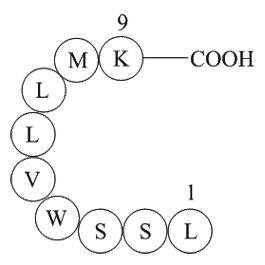
Patients and Methods Results Discussion Gjerdrum et al showed that Axl Arylcyclohexylamine is required to maintain the mesenchymal-like invasiveness of metastatic breast carcinoma cells, but Axl knockdown has no effect on the cell proliferation of MDA-MB-231 cells. Mackiewicz et al also sh
-
Significant reductions in GYN cancer patient mortality and m
2025-03-01
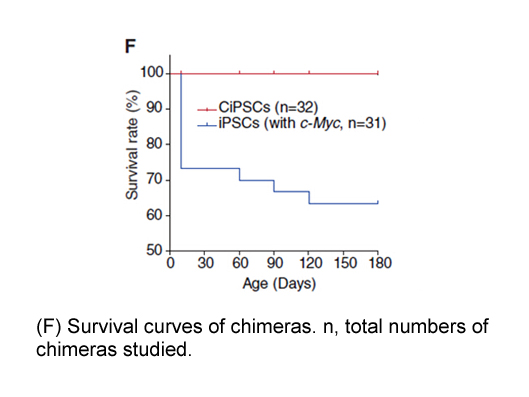
Significant reductions in GYN cancer patient mortality and morbidity rates require treatments that proactively prevent and reverse resistance to chemotherapy and radiation. Combining chemotherapy and radiation with inhibitors of key DDR proteins targets is likely to enhance the ability of genotoxic
-
Introduction Hepatocellular carcinoma HCC is one of the
2025-03-01
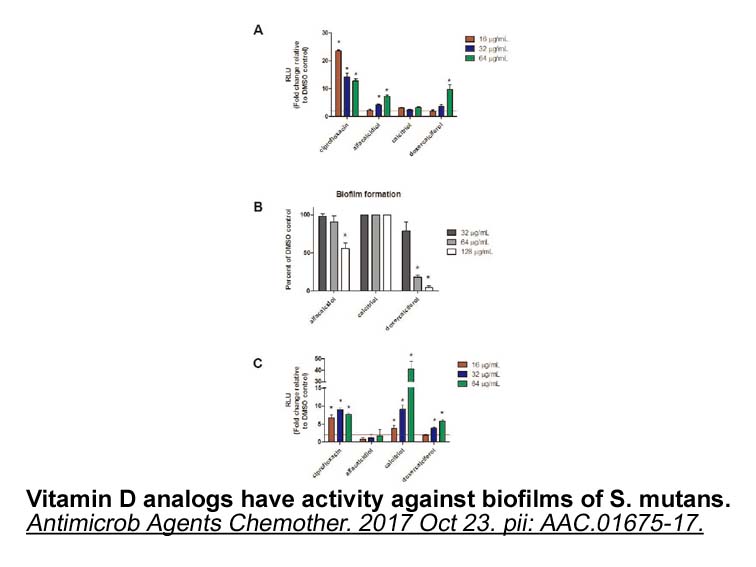
Introduction Hepatocellular carcinoma (HCC) is one of the most difficult cancers to treat, and it threatens human health severely [1]. Although various interventions, including surgical operation, radiofrequency ablation, and chemotherapy, have been endorsed, the prognosis of HCC patients remains p
-
br Summary br Introduction With readily
2025-03-01
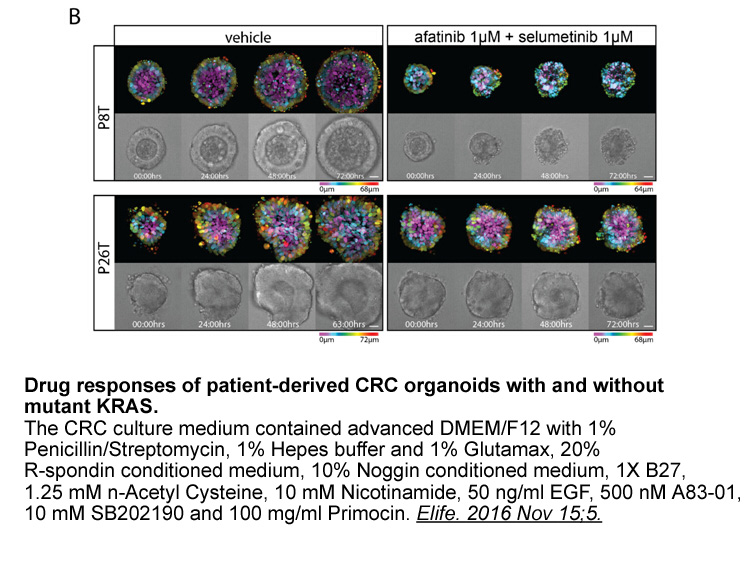
Summary Introduction With readily synthetic methods and excellent chemical/physical characteristics, coumarins have received extensive attention and show great practical values in many fields, such as medicine discovery, dye chemistry, materials chemistry and so on [[1], [2], [3]]. Actually, o
-
br Methods The study population
2025-03-01

Methods The study population included 64 neuropathologically confirmed AD patients (6 male, 58 female) that were recruited into a longitudinal follow-up study of patients with dementia of Alzheimer’s type from the geriatric department of Harjula Hospital in Kuopio, Finland. At baseline the patien
-
The beneficial treatment with several statins have been eval
2025-03-01
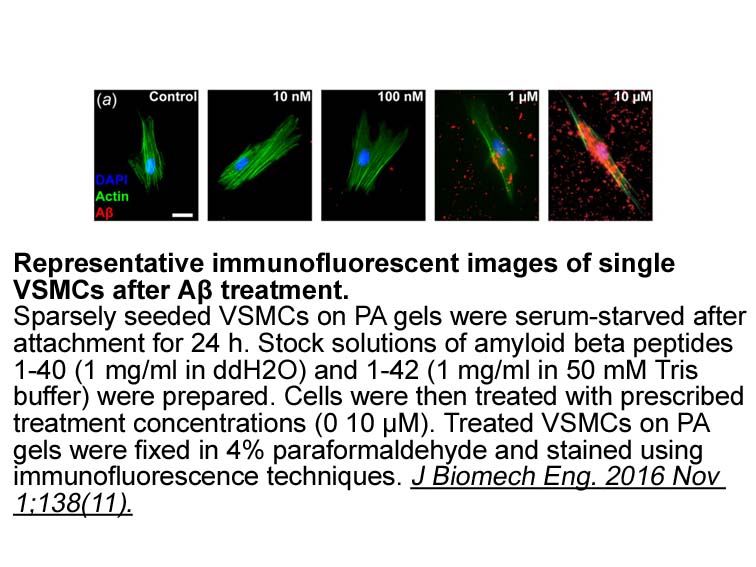
The beneficial treatment with several statins have been evaluated in AD patients (Kivipelto et al., 2005), with controversial results. It has been suggested that statins slow cognitive decline in mild to moderate AD (Miida et al., 2005). Treatment with atorvastatin, combined with other medications,
-
On the other hand it
2025-03-01
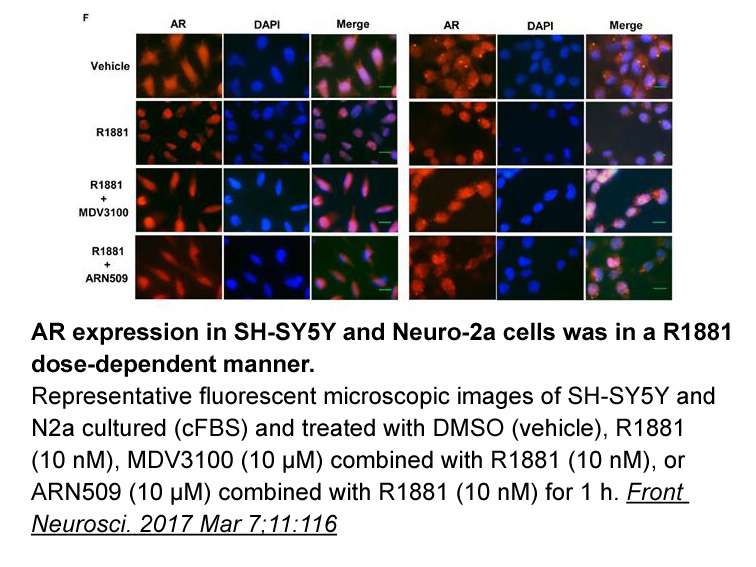
On the other hand, it is important to note that FR is different from the regulation of daily/circadian rhythms [44]. Based on models of physical systems [45], [46], it has been hypothesized that fractal physiological fluctuations reflect a network of elaborate regulatory processes interacting across
-
br Materials and methods br Results br
2025-03-01
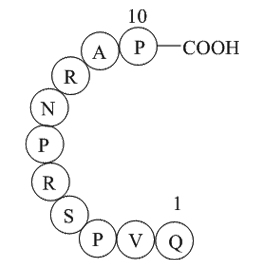
Materials and methods Results Discussion In this study, we have demonstrated that the adiponectin system (genes and proteins) is present in the porcine endometrium (epithelial glandular cells, luminal epithelial CP-673451 and stromal cells) and myometrium (longitudinal and circular muscle
-
br Adenosine as a mediator of procedures used
2025-03-01
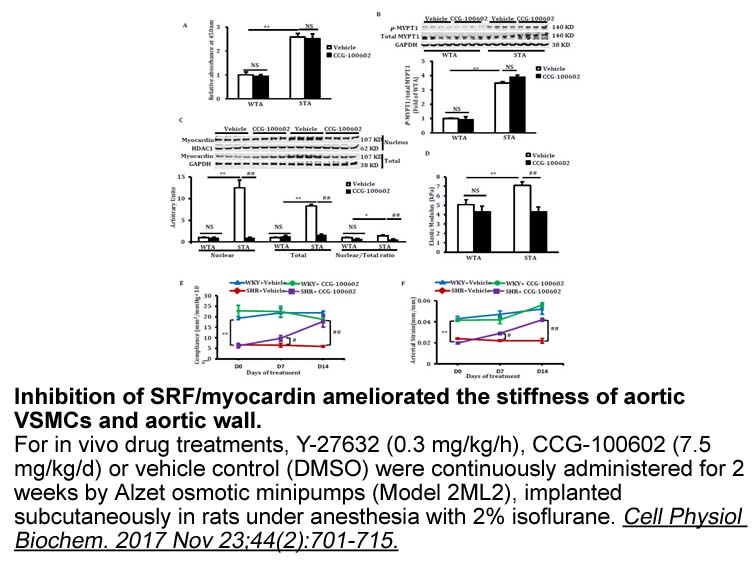
Adenosine as a mediator of procedures used to manage pain The issue of caffeine Caffeine, from dietary sources, is perhaps the most widely consumed behaviorally active agent in the world (Fredholm et al., 1999). Initial characterization indicated caffeine had a higher affinity at A1−, A2A− and
-
Endogenous adenosine systems have largely been implicated in
2025-03-01
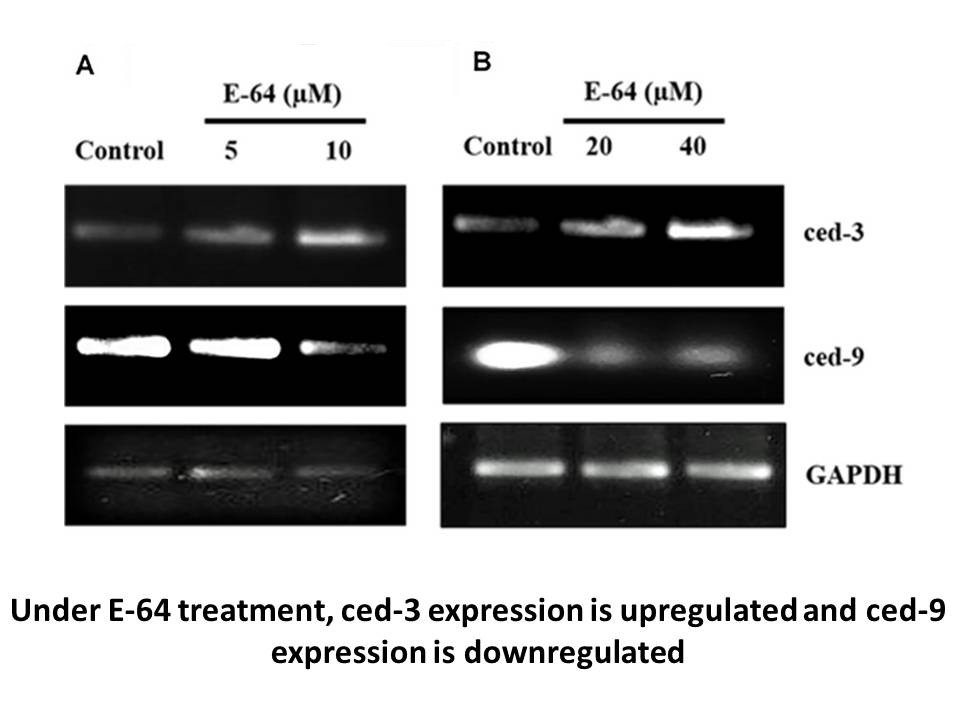
Endogenous adenosine systems have largely been implicated in drug actions by the demonstration that caffeine (non-selective A1R and A2AR antagonist) (see Section The issue of caffeine), in doses up to 7.5–10mg/kg, inhibits antinociception, and when this occurs, it E-64-d is generally also seen with
-
We have expressed the ECDs
2025-03-01
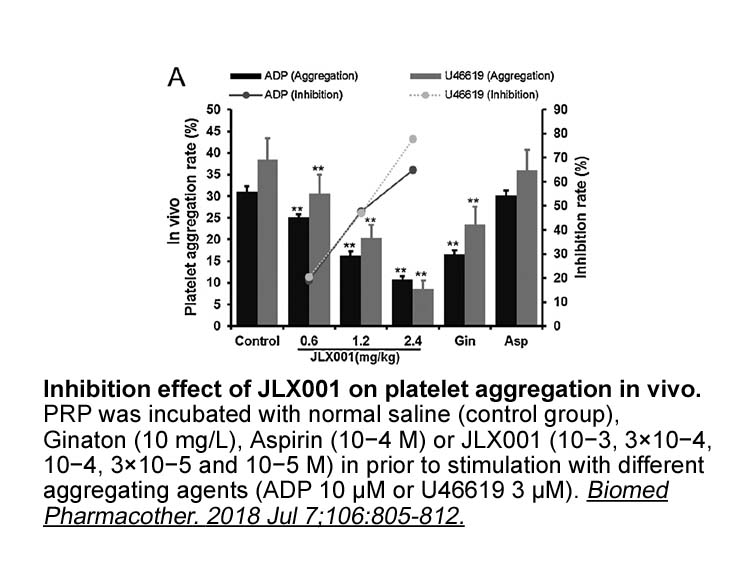
We have expressed the ECDs of the human α1, β1, γ and ɛ AChR subunits in the past using the methylotropic yeast Pichia pastoris as soluble glycosylated proteins [15], [16]. Further work with the γ subunit ECD revealed a marked improvement of the solubility and yield following the mutation of hydroph
-
BS-181 HCl br The MIR The MIR is defined by the ability
2025-03-01
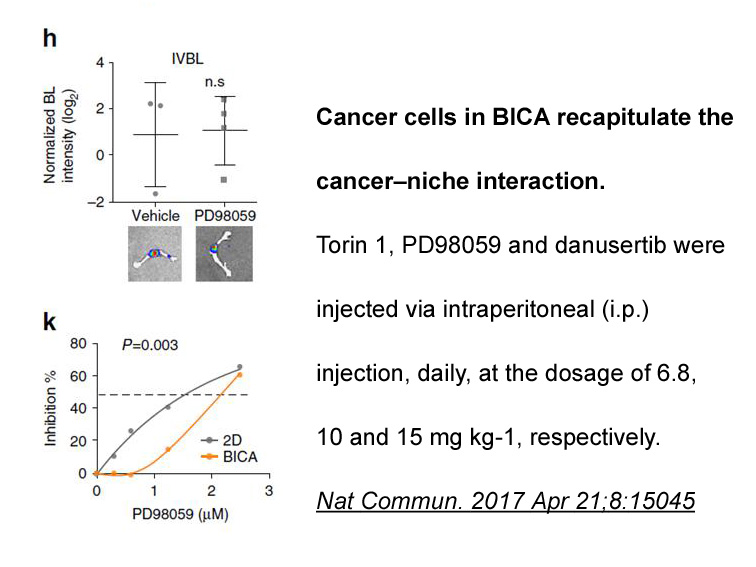
The MIR The MIR is defined by the ability of a single rat mAb to muscle or electric organ AChRs, typically mAb 35, to block binding of half or more of autoantibodies in human MG or EAMG [44], [45], [46]. Antibodies to the MIR are pathologically significant because they exhibit all the major patho
-
br ARIs in the prevention of prostate cancer
2025-03-01

5ARIs in the prevention of prostate cancer Prostate cancer continues to be a leading cause of male deaths worldwide. In 2009, it was estimated there would be 192,280 new cases of prostate cancer with a predicted 27,360 deaths [25]. Because androgens, and specifically DHT, play a large role in bot
-
The synthesis and secretion of adrenal androgens is
2025-02-28

The synthesis and secretion of adrenal androgens is apparently unique to humans and nonhuman primates, and requires the expression of key mediators such as CYP17 [26]. Endocrine control of CYP17 expression in rhesus monkeys is comparable to that in humans [27]. An analysis of baboon cDNA for CYP17 s